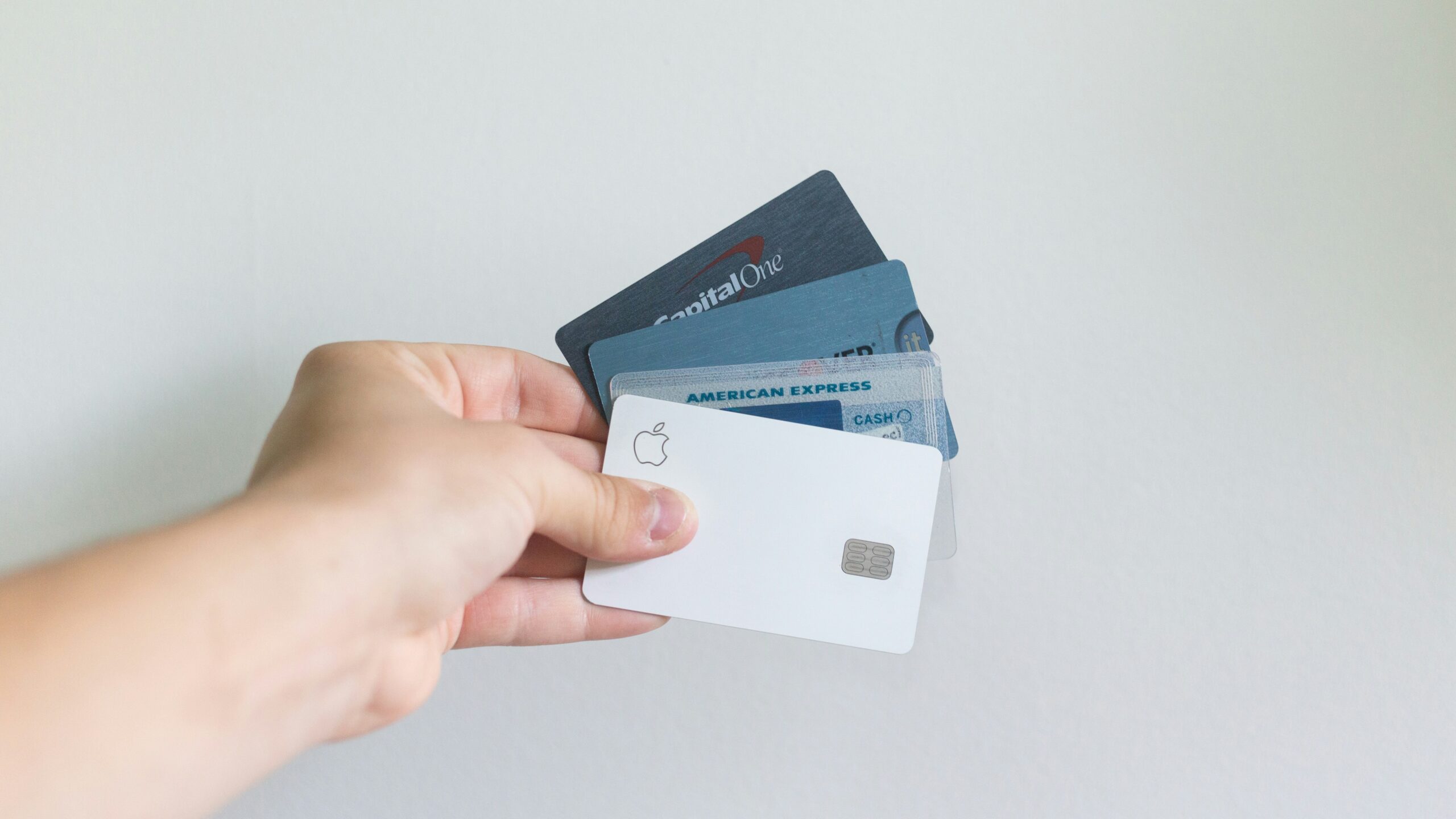Getting out of debt is a goal shared by millions of Americans who are struggling with credit card balances, personal loans, student debt, or medical bills. With the right approach and consistent effort, it’s possible to eliminate debt, regain control of your finances, and create long-term financial stability. Following a structured, step-by-step plan can help you stay focused and make steady progress, regardless of your starting point.
Step 1: Get clear on what you owe
The first step is knowing exactly how much you owe and to whom. Create a comprehensive list of all your debts, including:
- Credit cards
- Personal loans
- Auto loans
- Student loans
- Medical bills
- Past-due utilities or collections
For each account, note the outstanding balance, interest rate, minimum monthly payment, and due date. Having this information in one place helps you understand the full scope of your situation and identify which debts are costing you the most.
Step 2: Stop accumulating new debt
It’s difficult to make progress if you continue adding to your balances. Pause all new borrowing and stop using credit cards, unless absolutely necessary. Consider freezing your cards or removing them from your wallet to prevent temptation. If overspending is an issue, build a budget that prioritizes needs over wants and keeps you within your means.
Step 3: Build a starter emergency fund
Before attacking your debt aggressively, save a small emergency fund—typically $500 to $1,000—to cover unexpected expenses. This prevents you from relying on credit cards when emergencies arise. Once you’ve paid off your debt, you can build a more robust emergency fund with three to six months of expenses.
Read more: What Is an Emergency Fund and How to Build One From Scratch
Step 4: Choose a debt payoff strategy
There are two popular methods for paying off debt effectively:
- Debt snowball – Pay off your smallest balance first while making minimum payments on the rest. Once it’s paid off, roll that payment into the next smallest debt. This method builds momentum and motivation through quick wins.
- Debt avalanche – Focus on the debt with the highest interest rate first, which minimizes the total amount you pay over time. This strategy is mathematically optimal, though it may take longer to see progress.
Choose the approach that best fits your personality and financial goals. The most important thing is to commit to the plan and follow through consistently.
Step 5: Negotiate with creditors
In some cases, you may be able to reduce your interest rates, waive fees, or even settle a debt for less than you owe. Contact your creditors directly to discuss hardship programs or lower-rate offers. Be honest about your situation, and ask if they can work with you. This step is especially important for unsecured debts like credit cards or medical bills.
Step 6: Increase your income
Earning extra income can accelerate your debt repayment. Consider freelance work, a part-time job, selling unused items, or monetizing a skill or hobby. Apply any additional income directly toward your highest-priority debt. Even small boosts in income, used consistently, can significantly reduce the time it takes to become debt-free.
7 Ways to Increase Income | United Way Worldwide
Step 7: Cut expenses and redirect savings
Review your monthly spending to find areas where you can cut back—subscriptions, dining out, shopping, entertainment, etc. Redirect the money you save toward your debt payments. Use a zero-based budget to assign every dollar a purpose, ensuring that you’re maximizing your debt payoff effort each month.
Step 8: Stay accountable and track progress
Use a spreadsheet, app, or debt tracker to monitor your balances and see your progress over time. Celebrate milestones like paying off a credit card or closing a loan. Consider sharing your goals with a trusted friend, partner, or financial coach to stay accountable and motivated.
Step 9: Avoid debt relief scams
While there are legitimate nonprofit credit counseling agencies, be cautious of companies that promise fast debt elimination or charge high upfront fees. Research any organization you work with, and always understand the terms before signing up for a debt management or settlement program.
Conclusion
The plan requires discipline, patience, and a clear plan—but it’s entirely achievable. By organizing your debts, choosing a payoff strategy, and making intentional financial choices, you can reduce stress, avoid interest costs, and build a more secure financial future. Every payment you make is a step toward freedom—and the sooner you begin, the sooner you’ll get there.
Assine nossa newsletter e receba dicas reais pra organizar sua vida financeira







